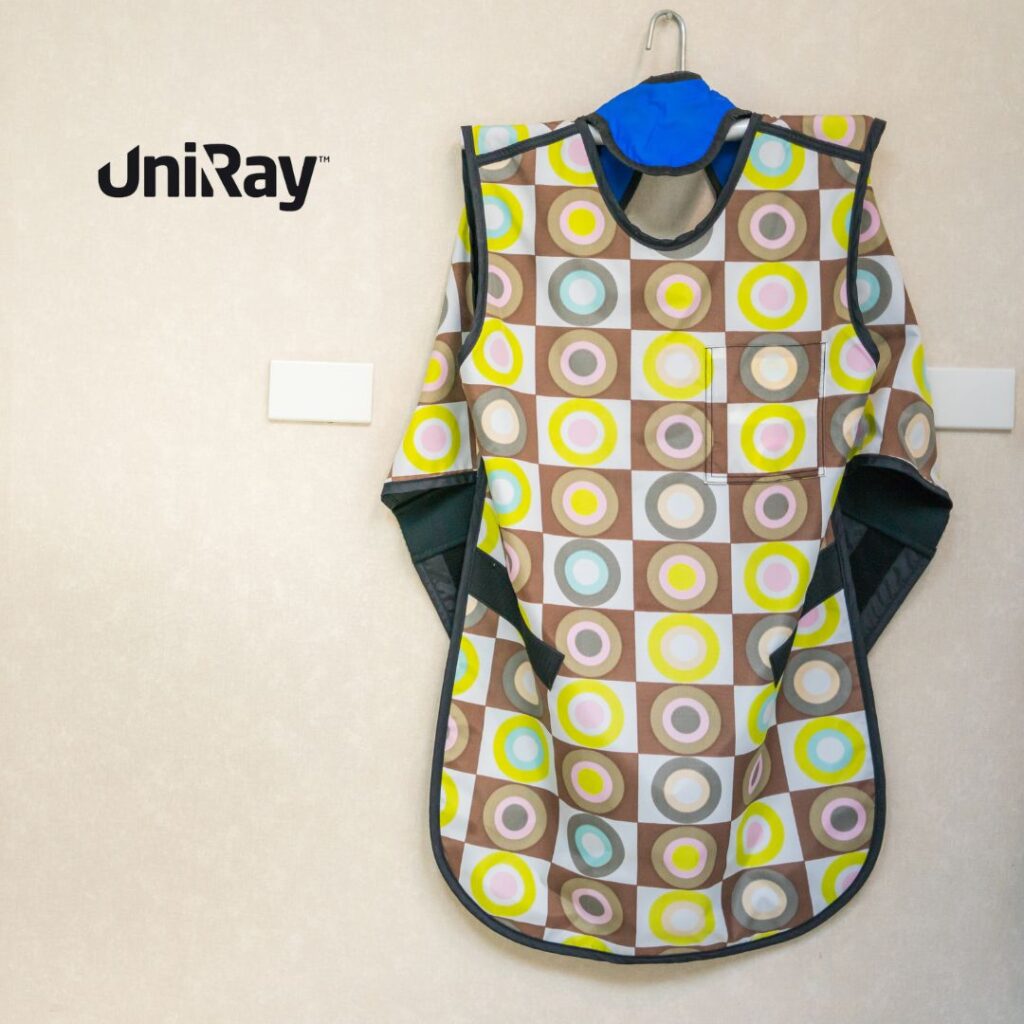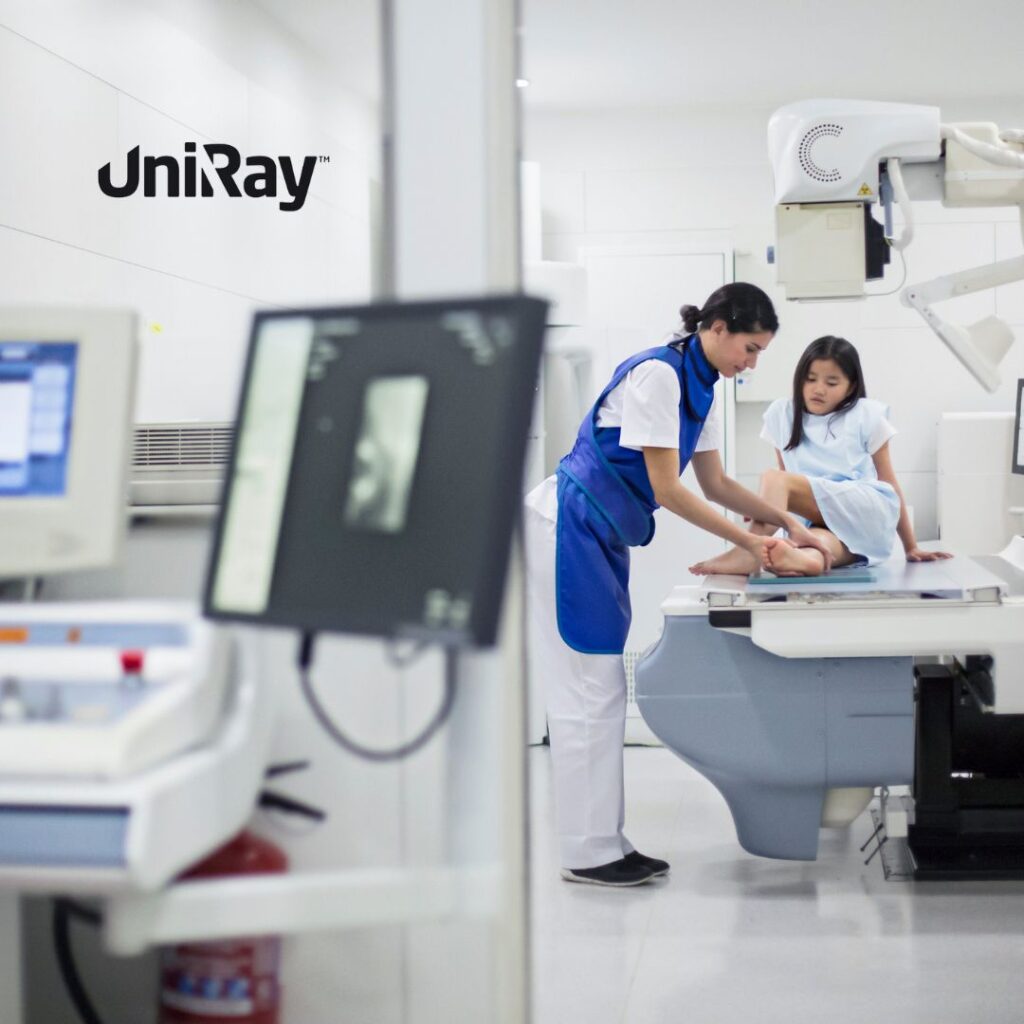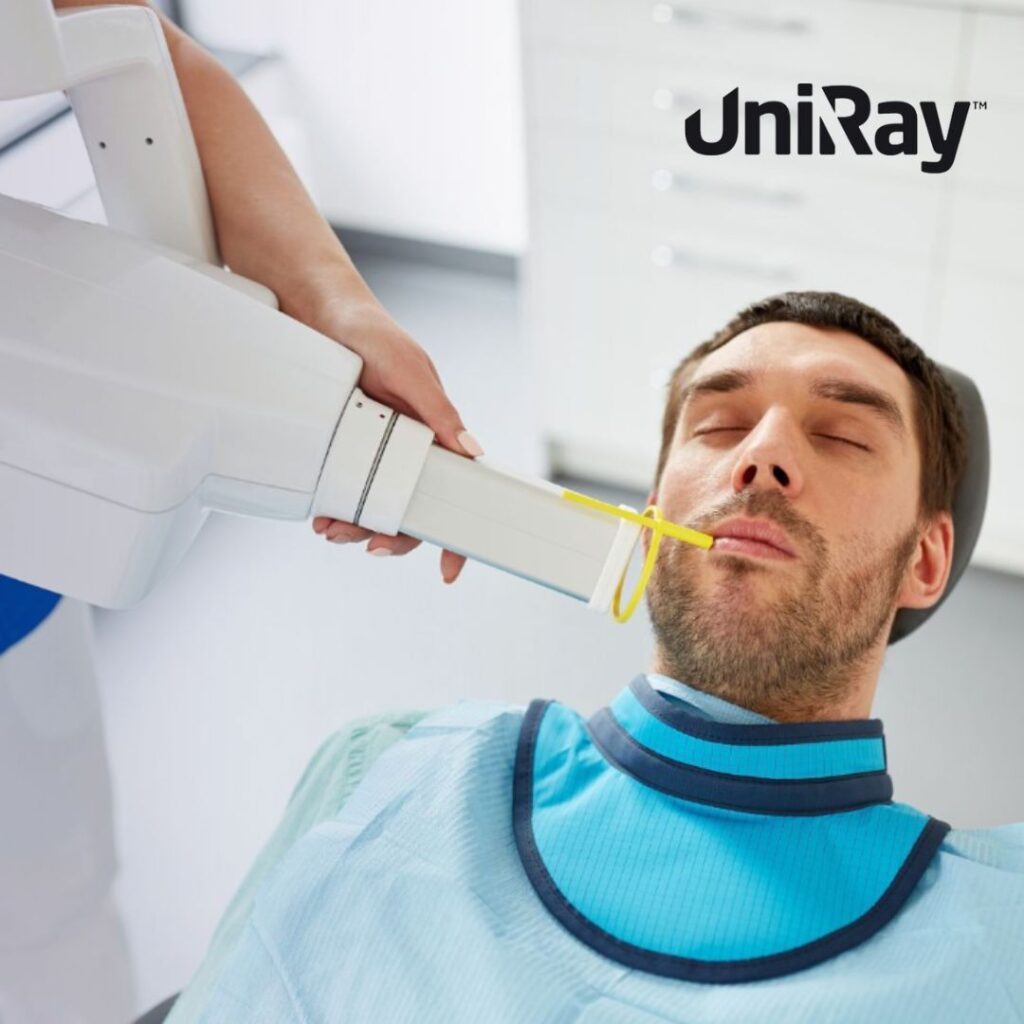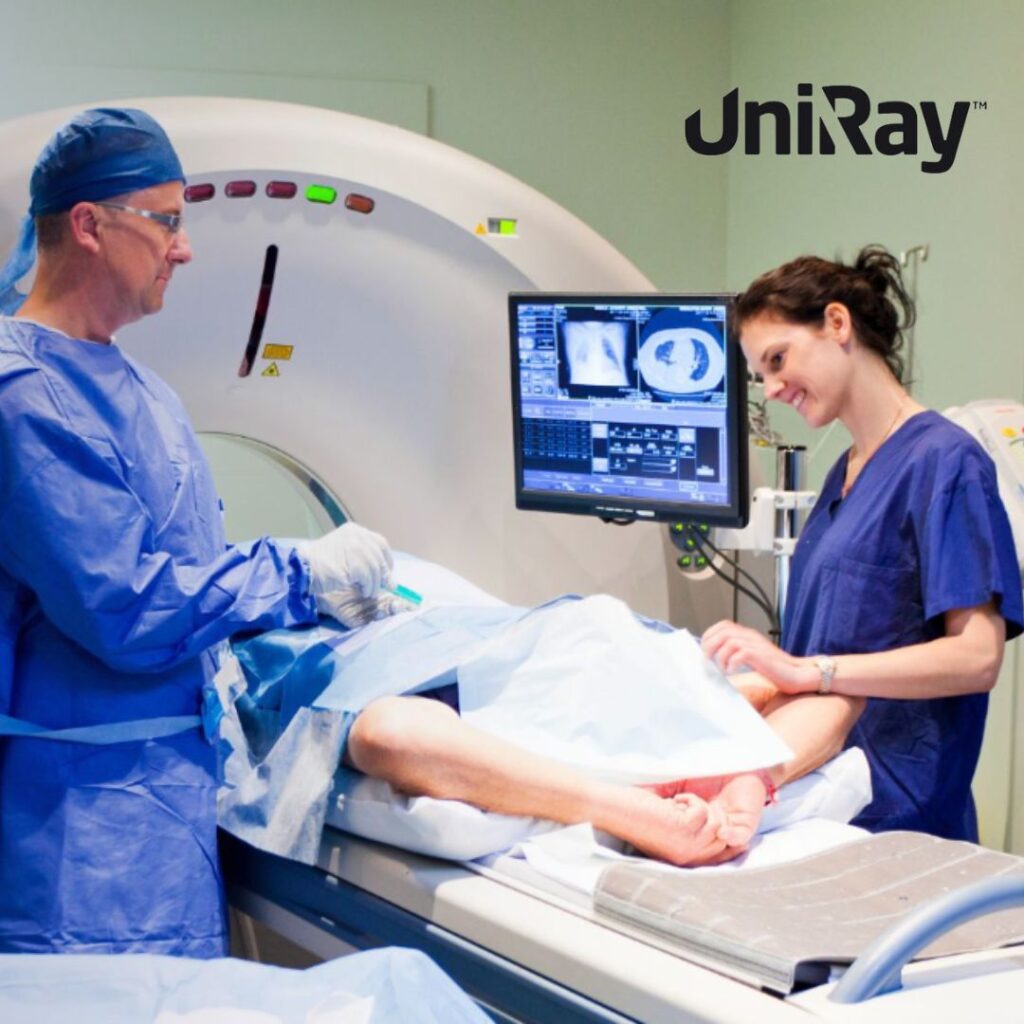Radiation Shielding Requirements: Ensuring Maximum Protection in Medical and Industrial Environments
As technology advances in healthcare, nuclear energy, and industrial imaging, the importance of strict adherence to radiation shielding requirements has never been more critical. Whether you’re outfitting a radiology department or building a nuclear facility, complying with these safety standards is essential to protect personnel, patients, and the environment. This guide will explore the key aspects of shielding, radiation shielding testing procedures, and innovative materials like lead glass radiation shielding.
Understanding Radiation Shielding Requirements
Radiation shielding requirements refer to a set of standards and protocols designed to minimize exposure to ionizing radiation. These requirements are governed by agencies such as the International Atomic Energy Agency (IAEA), Nuclear Regulatory Commission (NRC), and local regulatory bodies. The guidelines vary based on the type of radiation, its energy, duration of exposure, and the shielding material used.
Key Factors Influencing Shielding Requirements:
Type of radiation: Alpha, beta, gamma, X-rays, or neutron radiation.
Intensity and energy level: Higher energy levels require denser shielding materials.
Occupancy of adjacent areas: Greater shielding is required in high-occupancy zones.
Exposure time: Longer exposure necessitates more robust protection
Materials like concrete, lead, and lead composites are typically used, with lead being one of the most effective due to its high density and atomic number.
The Role of Radiation Shielding Testing
Radiation shielding testing ensures that installed barriers meet the necessary performance standards. These tests are typically conducted after installation and periodically thereafter to verify integrity and efficiency.
Some standard testing methods include:
Radiographic testing: Using imaging to inspect the continuity and thickness of shielding materials.
Leakage radiation measurements: Performed with dosimeters or survey meters to detect any escaping radiation.
Simulation and modeling: Computational tools model the effectiveness of a shielding plan before actual implementation.
Radiation shielding testing helps identify flaws in construction, material degradation over time, or design oversights—ensuring long-term compliance and safety.
Advanced Solutions: Lead Glass Radiation Shielding
Lead glass radiation shielding is a modern, transparent solution that combines visibility with protection. It is especially useful in environments such as medical imaging rooms, laboratories, and nuclear facilities where continuous monitoring is required without compromising safety.
Lead glass offers:
High visual clarity
Effective attenuation of X-rays and gamma rays
Customizable sizes and thicknesses
These characteristics make it an ideal addition to observation windows, control booths, and protective barriers in radiology or CT rooms.
Best Practices for Implementing Shielding
Site Assessment: Conduct a thorough evaluation of radiation sources, exposure levels, and layout.
Material Selection: Choose shielding based on the type and intensity of radiation.
Professional Installation: Work with certified contractors experienced in radiation protection.
Ongoing Testing and Compliance: Regular testing ensures the shielding remains effective.
Supplementary Shielding Equipment
In addition to structural shielding, personal protective equipment plays a vital role. For instance, using specialized radioactive glasses helps safeguard eye health during prolonged exposure to radiation. Similarly, a high-quality Lead Apron can significantly reduce radiation doses to the torso area.
Radiation Protection in Diagnostic Imaging
Modern diagnostic environments, such as CT scan suites, must incorporate high-performance shielding solutions. Safety shielding helps limit radiation scatter and secondary exposure to patients and staff alike. This not only meets regulatory standards but enhances the overall safety and reputation of the facility.
Conclusion
Radiation shielding requirements form the cornerstone of safety in environments dealing with ionizing radiation. From accurate radiation shielding testing to innovative solutions like lead glass radiation shielding, it is crucial to implement a comprehensive protection strategy. Leveraging additional safety tools such as radioactive glasses, lead aprons, and safety shielding ensures maximum defense against harmful exposure.
By combining compliance with innovation, professionals in the medical and industrial fields can create safer, more efficient workspaces that meet today’s demanding safety expectations.



